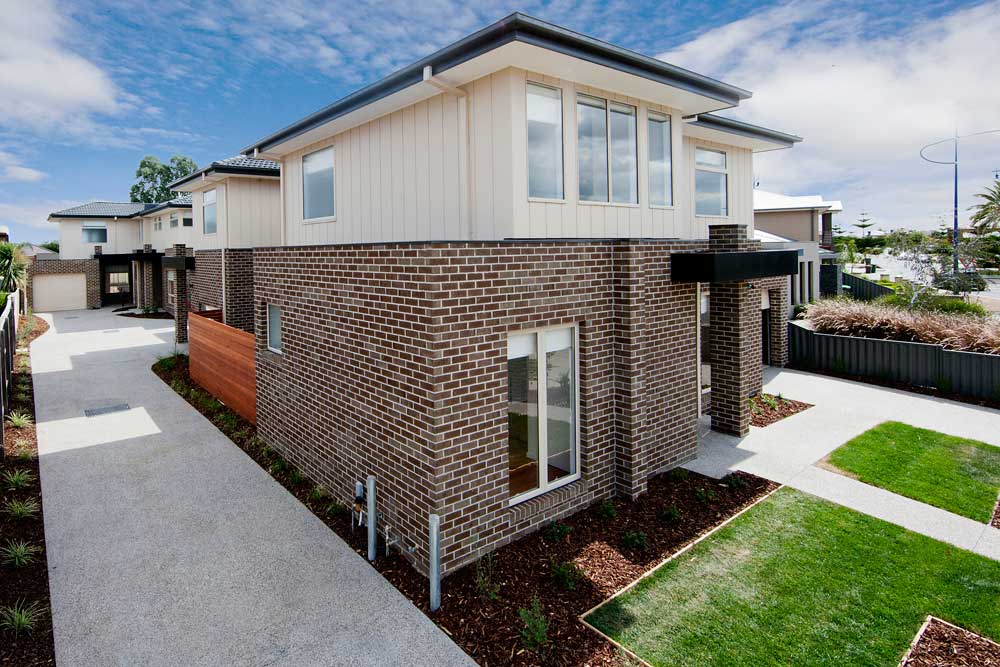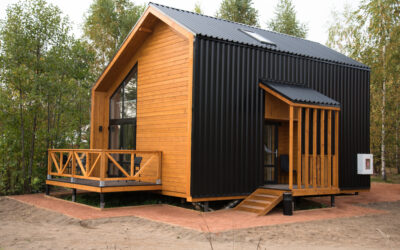What are the tax and investment considerations for a Granny Flat above versus a Tiny Home below? Income Tax Return Reporting - Income Streaming Tiny Homes Tiny home ownership does not have to follow the ownership interest of the underlying property ownership. For...
Self-Managed Superannuation Fund (SMSF) investing in Rental Properties.

The ability to borrow money and acquire property within the superannuation environment has seen the rapid rise of self-managed super (SMSF) to now be the largest sector of the superannuation industry (measured by funds invested), eclipsing both retail funds and industry funds.
Buying property inside super is not for everyone and there is much to consider before implementing the strategy
What you need to know

- How much Super is needed to get started?
- How does borrowing in an SMSF operate?
- How is a property in an SMSF structured?
- What are the tax incentives?
- What type of property can be purchased in an SMSF?
- How does the strategy compare to non-geared funds?
- Who can set this up and manage it for you?
https://www.ato.gov.au/super/self-managed-super-funds/setting-up/
Who can buy property in Super?

You must meet the following criteria for you to be a member of your own Self-Managed Super Fund:
1. 18 years or older
2. An Australian resident
3. Not bankrupt, and
4. Have no criminal record relating to dishonesty offences
How can an SMSF invest in property?

A self-managed super fund (SMSF) can invest in property in the following ways:
- Directly
- Through an ungeared unit trust
- Through a geared unit trust
- Via a joint venture
- Via tenants in common
- With borrowings via a limited recourse borrowing arrangement (LRBA).
How much Super Funds are needed to get started?

Members need a combined minimum super balance of around $200,000 to get started or approximately 40% of the intended property purchase price.
The cost of setting up an SMSF is usually about $3,000. The cost of setting up a borrowing arrangement varies depending on the lender and the complexity of the arrangement however, it is usually about $2,500 for the Custodial Trustee and Property Trust documents.
Combine Super balances
You can have up to 6 members of an SMSF and effectively pool your resources to buy larger assets. Whilst we usually see a husband-and-wife team, the four members can be siblings, adult children, friends or really anyone who’s eligible.
How does borrowing (LRBA) in an SMSF operate?
Lenders will usually allow SMSFs to borrow up to 80 per cent of the property value.
Borrowing in an SMSF to purchase an investment property requires a strict set of rules to be followed.
Due to the extra risks associated with geared investments, other investments held in the SMSF need to be protected. To achieve this, geared investments are purchased using a limited recourse borrowing arrangement (LRBA) and are held in a specific holding trust until the loan is repaid or the property is sold.
A Limited Recourse Borrowing Arrangement (LRBA) limits the lender’s recourse (rights of recovery) against your SMSF to only the asset securing the borrowed money.
Even though your geared investment is contained in a specific holding trust (Bare Trust), the SMSF will have beneficial ownership (meaning your SMSF will be credited with income and capital growth) of the asset while the trust (Bare Trust) has legal ownership. Once the loan is fully repaid or the property is sold, the ownership or the proceeds can be transferred to the SMSF.
The ATO issued a determination that once the debt is repaid it can keep the property in the custody / bare trust. If the property remains in custody trust, it cannot improve or change the property. If the property is transferred, you can wind up the custody trust or company. Normally, there is no stamp duty on the property transfer if:
- The custody trust was correctly established
- You can show that the fund provided all the purchase money
- The SMSF has paid the deposit.
How is a property in SMSF (LRBA) structured?

Example
John and Mary have a combined super balance of $200,000 in existing industry super funds, which they have decided to roll over into a combined SMSF to be able to buy a geared investment property.
John and Mary decide to invest $100,000 of the funds into a combination of shares and cash and $100,000 for a deposit and costs for a rental property. The $80,000 will form the deposit and $20,000 towards stamp duty and other costs.
Most SMSF Lenders will allow loans up to 80% of the rental property purchase price, so an $80,000 deposit at 20% would allow the SMSF to purchase a property for $400,000 with a $320,000 (80%) lend via a limited recourse loan from a bank that offers such loans. The rental property will earn rental income, incur running costs, and in most cases will be cash negatively geared, before any non-cash depreciation claims.
However, these losses can be used to offset investment income earn from shares, interest, etc inside the SMSF, ongoing contributions made by members from a super guarantee, and voluntary payments.
The process is like how a negatively geared investment property would operate in your personal name, where tax losses can be claimed against other taxable income.
Contributions can also be used to repay the loan over time.
What are the tax incentives?

There are significant tax concessions for any assets held inside super, including direct property investments:
Rental income is taxed at a maximum rate of 15% within your SMSF and not at your personal tax rate. This 15% can be reduced even further by claiming all ongoing property expenses and building depreciation.
Your Life, Total & Permanent Disability, and Income Protection insurance policies can be paid for by the SMSF and these premiums can also offset the fund’s taxable income.
It is possible to negatively gear inside super whilst still maintaining a positive cash flow to the fund.
The capital gains tax rate on the sale of assets in the accumulation phase is a maximum of 10% if the asset is held for more than 12 months.
There is zero capital gains tax to pay, for the entire time the asset is held, if the property is sold once you reach age 60 and enter the pension phase.
There is zero income tax to pay on rent or other investment income once you reach age 60 and enter the pension phase.
Option for added diversification and gearing to improve ROI
Buying property is an excellent way to diversify away from shares and stock market volatility.
Using gearing strategies within an SMSF can accelerate the process of wealth creation by enabling you to make larger investments than would otherwise be possible.
What type of property can be purchased?
You cannot purchase property from a related entity, which includes yourself.
You cannot transfer a property you already own into your SMSF unless it’s a commercial property.
You cannot rent the property to a related entity or anyone you know.
The SMSF cannot accept loans that are not made on commercial terms.
If you’ve used a loan to fund the purchase, you’re generally unable to alter the nature of the property or do renovations, unless paid with SMSF cash.
The asset must be deemed a single acquirable asset. You cannot buy land and build on it.
You cannot subdivide a property.
4 Common mistakes that lead to non-compliance:

Buying property in the name of an individual rather than the fund.
2. Purchasing a property with more than one title.
3. Signing property contracts before all proper arrangements are in place.
4. Not having a documented investment strategy.
How does this strategy compare to non-geared funds?
If your rental property portfolio could achieve a 7% capital growth and an 80% gearing ratio over its life cycle, the fund’s capital growth will have 5 times multiply the effect. The 7% capital growth on funds invested would achieve a (7%@5) 35% return on investment compared to non-geared investments, all things being equal.
This principle applies whether inside or outside of SMSF, however, if inside an SMSF, these gains will be taxed and potentially significantly lower rates as mentioned above.
Who can set this up and manage it for you?
Set up and running this strategy effectively, usually requires
- Accountant / Tax Agent, to set up and manage tax compliance
- SMSF Auditor, to ensure the SMSF is compliant financially
- Financial Planner, provide help with investment strategy, and pension planning.
- Mortgage Broker, to arrange SMSF Loans
- Property Agents / Advocates, source the right investment property.
- Solicitor, for conveyancing, and estate planning.
For optimal results, property tax accountants like Umbrella Property Accountants can work together in a strategic and collaborative way.
Seek professional advice

Before deciding whether to purchase property through an SMSF, it’s worth speaking to professional advisers.
But don’t let the cost or complexity put you off – just get good advice.
Umbrella Property Accountants SMSF experts can answer all your questions and help get the ball rolling, should you decide to proceed.



